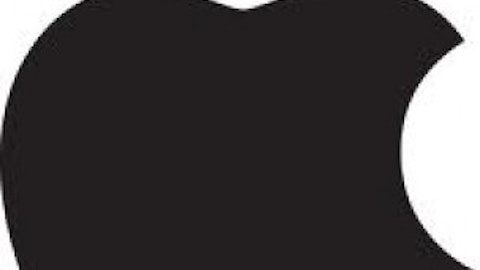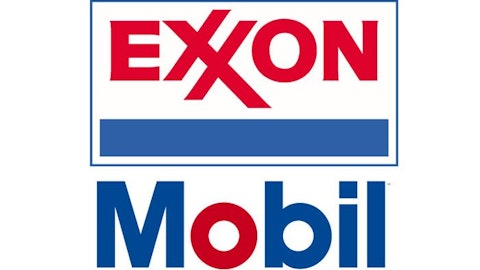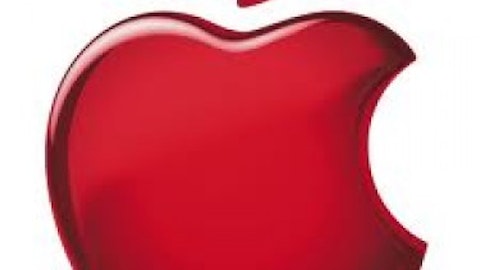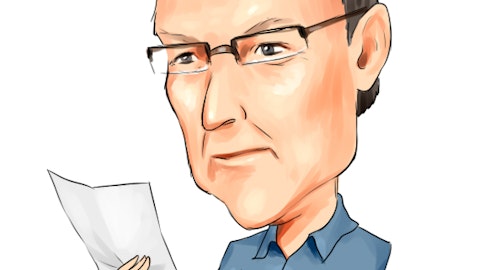Few industries change at the pace the mobile phone industry does. With 6 billion active mobile phones in the world, this sector experienced immense growth and brought fortunes to many companies. As this market’s demand shifts, each smartphone producer needs to come up with new product features that will retain and persuade new customers. This continuous search for innovation has created a hyper-competitive and highly concentrated market in which manufacturers have to differentiate themselves more than ever. And now we have a new billion-dollar factor: patent infringements suits. These have become common and are deviating resources away from innovation.
How are the three major mobile companies performing?
The best days may be behind
Apple Inc. (NASDAQ:AAPL) leads the U.S. market with a 39% volume share. Until January this year, it was the biggest public company, but Exxon Mobil Corporation (NYSE:XOM) regained its position. The reason: Apple stock has dropped from a high of over $700 a share in September to trading around $403 now. What happened?
To start with, Apple Inc. (NASDAQ:AAPL)’s results were not very encouraging. The company posted revenue of $43.6 billion and net profit of $9.5 billion in the quarter ending in March, 19% lower from the year-ago quarter. In addition, gross margin fell from 47.4% to 37.5%. Competitors are catching up while Apple lacks a new, great and innovative product.
On June 4, 2013, Apple Inc. (NASDAQ:AAPL) was given a ban on some of its products after it was found that it had violated a Samsung patent by the U.S. International Trade Commission. To be honest, I do not think this particular event will have a negative effect on sales. But I do believe that this situation affects the company’s strategy, which should be focused on regaining engagement and customer fascination as well as attracting new demand.
Credit: Apple Inc. (NASDAQ:AAPL)
Nonetheless, new announcements are expected. Among recent developments, we find iOS7 and iTunes Radio, but also rumors of an older iPhone trade-in program as well as a new, cheaper iPhone. I am not very optimistic about these initiatives as an instrument to help rebuild customer loyalty.
Growing a customer base is another important issue to tackle. I think the company will manage to gain share at the high end of the market, but the big factor remains low-end phones. The growing emerging markets require this type of product, and this is exactly where Samsung and Nokia manage to drive customers. Plus, the company runs the risk that wireless carriers could reduce or eliminate the subsidies on the iPhone, raising customers’ up-front costs and make other smartphones appear better alternatives. In this context, I doubt Apple Inc. (NASDAQ:AAPL) will manage to retain all of its loyal customers.
Still unable to step up
Nokia Corporation (ADR) (NYSE:NOK) was the largest vendor of cell phones for many years thanks to its low-cost structure, strong brand recognition and distribution network. However, over the past five years, the growing use of smartphones has caused it to lose market share.
The reason behind this loss, and today’s burden, goes back to how the company executed its strategy. In the late 90s, Nokia Corporation (ADR) (NYSE:NOK) spent millions on R&D and developed many of the devices and features that consumers love today. However, they were not brought to the market in order to concentrate on basic phones, where Nokia Corporation (ADR) (NYSE:NOK) was, by far, the leader.
During 2012 financial results improved and, after six quarters of losses amid falling sales, it reported profits of $585 millions. Currently, the stock is selling at about $3.8, which means a modest bounce. Investors have not been happy, but the transition to Windows Phone from Nokia Corporation (ADR) (NYSE:NOK)’s own Symbian system caused sales of Lumia smartphone to grow. My impression is that it will be hard for Windows Phone to become a major factor to drive new customers. This new system still needs to gain popularity, and this is why Windows will pay Nokia $1 billion over a period of five years relating to marketing expenses.





